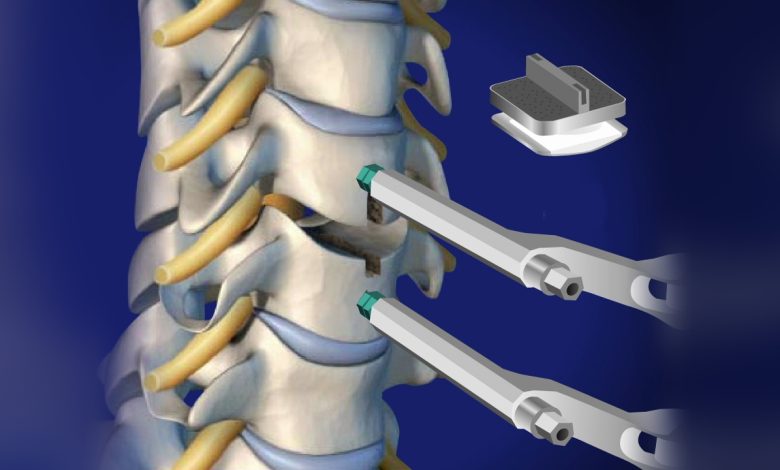Reasons Why Patients May Choose Artificial Disc Replacement

Have you been experiencing, discomfort in your neck, and a spine surgeon has recommended it. that you undergo either, a neck fusion surgery, or an anterior cervical discectomy. fusion (ACDF) procedure? A cervical total disc displacement and fusion (ACDF) operation is the classic and gold standard therapy for neck problems.
connected to degenerative disc disease disorders, a herniated disc, and a pinched nerve (radiculopathy). An artificial disc replacement surgery (also known as ADR) could provide significant advantages over an ACDF operation.
An artificial disc may be a very effective alternative to ACDF surgery in spinal fusion treatment. The ACDF procedure that orthopedic spine surgeons most often employ is to repair herniated discs and degenerative disc degeneration in the neck. After creating a one-inch incision in the front of your neck, the physician removes the entire degenerative disc.
After a disc is completely excised, bone grafts or cervical PEEK cages fuse the vertebrae of the spine together to form a stable spine. A titanium plate secured with screws maintains the position of the PEEK cage until fusion is complete.
Using artificial discs reduces the likelihood of surgery in the future
Surgery to replace artificial discs is a motion-preserving procedure that, in contrast to an ACDF spine fusion, allows the patient’s neck to continue to move normally after the procedure. Since ADR surgery preserves mobility,
the patient’s neck experiences much-reduced stress at spinal levels both above and below the ADR implant. Due to the bone fusion during the ACDF procedure, the nearby spinal levels may require further surgery.
Recent research that compared patients who had ADR surgery to those who had ACDF surgery indicated that individuals who had ADR surgery had a considerably decreased requirement for future spine surgery.
Spinal flexibility and mobility are preserved more effectively
Artificial disc replacement has several benefits compared to the fusion of the cervical spine. The most prominent advantage is that it maintains the patient’s neck movement, which is not the case with a spine fusion.
A total disc replacement is the optimal treatment choice for physically active individuals, whether they are athletes or those who are physically busy at work or home.
Those who have an artificial disc, surgery report greater levels, of satisfaction than patients. who had surgery to fuse their cervical spine. It is not necessary, to wear a cervical brace, or collar after a cervical, disc replacement, allowing patients, to return to regular activities. and jobs more quickly.
Conclusion
Although the ACDF and ADR operations successfully reduced pain and discomfort, the ADR procedure enables a quicker recovery and a return to work. Both patients who had surgery may return to their regular administrative responsibilities in one week.
Patients who have had ADR surgery may return to complex employment around six weeks following the procedure. Whereas patients with cervical total disc displacement surgery must wear the brace so that the neck may heal at the surgical site and fuse together,
this can delay the patients’ return to regular physical activity by up to three months. Patients planning surgery to replace an artificial disc in their cervical spine won’t have to wear a neck brace. The use of artificial disc implants helps to maintain and improve the range of motion in the neck. Patients must move their necks as soon as possible following surgery as part of the rehabilitation process.




